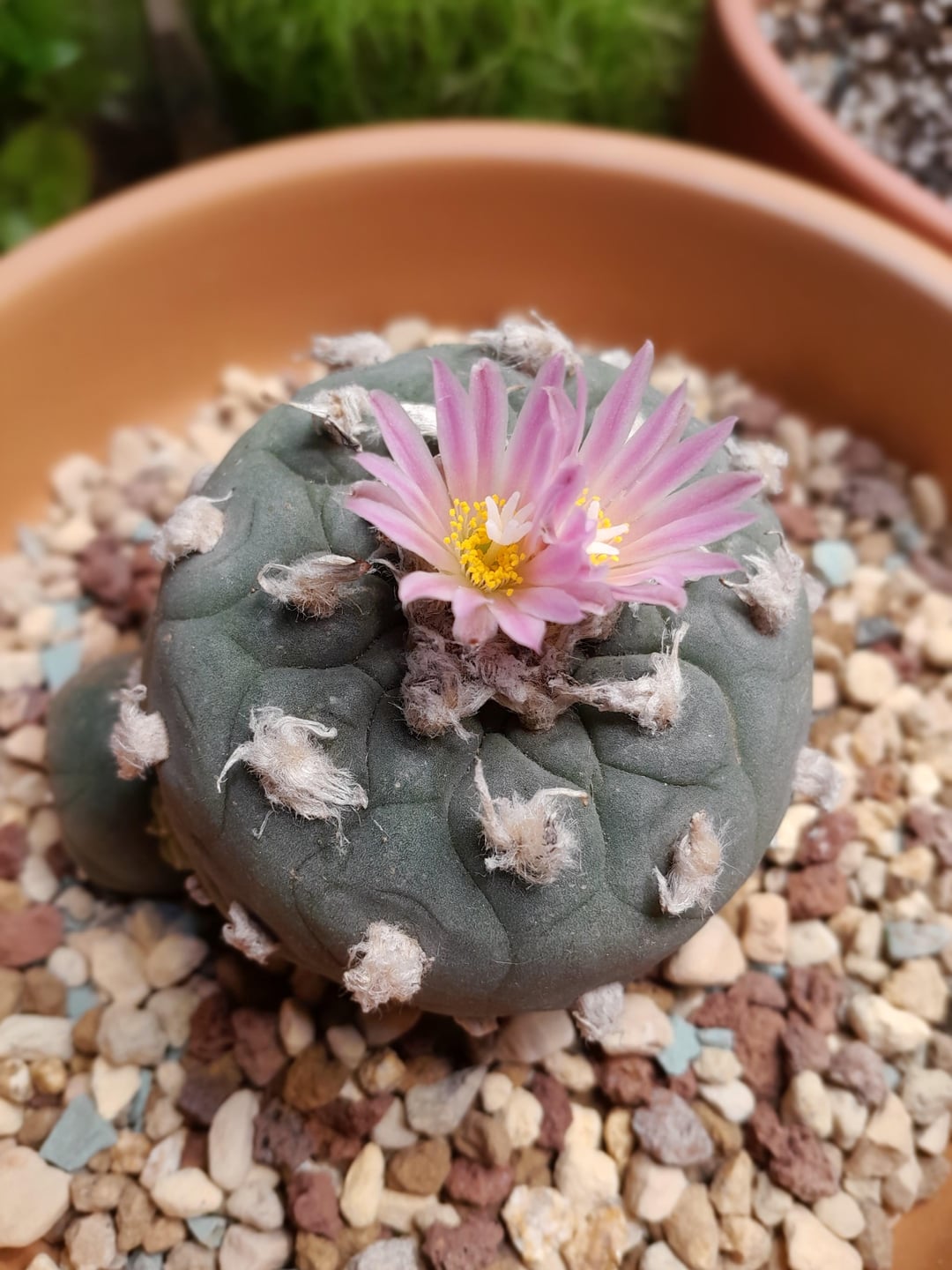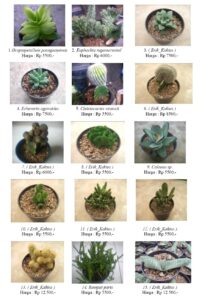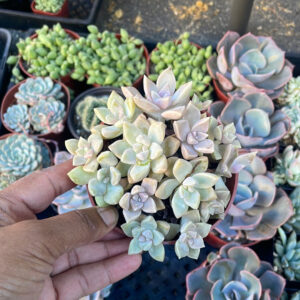The enigmatic world of Lophophora encompasses two particularly fascinating species that have captivated botanists, collectors, and enthusiasts alike: Lophophora fricii and Lophophora williamsii. Both species are renowned for their hallucinogenic properties attributed to mescaline, but they exhibit distinct characteristics that set them apart in the vast cactus family. This article delves into the intricate differences between these two peyote cactus varieties, unearthing their unique traits, habitats, and aesthetic appeal.
Understanding these differences not only enhances our appreciation of these remarkable plants but also empowers those who wish to cultivate or study them.
The Botanical Distinctions: An Exploration of Characteristics
Lophophora fricii and Lophophora williamsii both belong to the Cactaceae family and share several botanical features, yet their differences are striking and significant. Lophophora williamsii, colloquially known as peyote, is often characterized by its round, segmented appearance. The plant typically bears a vibrant green hue and can grow up to 12 centimeters in diameter. Its areoles, which are small, white tufts from which spines or flowers emerge, come alive with seasonal blossoms that range from white to pale pink hues, offering both stunning aesthetic value and reproductive vitality.
On the other hand, Lophophora fricii tends to adopt a more compact form, often staying below the 10-centimeter mark in diameter. The coloration of this species can vary, featuring green to blueish-green shades. What sets Lophophora fricii apart are the slightly larger, waxy tubercles (the protuberant parts on its surface), which can give the impression of a more textured exterior. Its flowers, similarly to those of its counterpart, display an alluring array of colors, typically in shades of pink and purple, which enhance its ornamental appeal.
Both species possess a unique charm, but the aesthetic qualities of Lophophora fricii, with its textured surface and slightly more subdued coloration, may draw a certain kind of collector—a lover of the unusual and the rare.
Geographic Origins and Habitat Preferences
The habitats of these two species also differ markedly, reflecting their environmental adaptations. Lophophora williamsii boasts a broader distribution throughout Mexico and portions of the United States, thriving primarily in arid, desert landscapes. It is often found within limestone-rich soils that provide excellent drainage, allowing the cactus to flourish in challenging conditions. Its adaptability to various altitudes—from low deserts to higher elevations—demonstrates the resilience of Lophophora williamsii and its ability to thrive under diverse climates.
Contrastingly, Lophophora fricii has a more restricted range, primarily inhabiting the southwestern regions of Mexico. This species is predominantly found in rocky, stony terrains and often prefers higher elevations compared to its counterpart. The specific environmental conditions in which Lophophora fricii grows contribute to its unique morphological features, as it adapts to the cooler temperatures and increased moisture found in these locales.
This geographical distinction adds to the intrigue surrounding these cacti. Collectors and botanists alike may find Lophophora fricii to be an exotic addition to their collections, as it is less commonly encountered, enhancing its allure for those seeking the distinct and rare.
Cultural Significance and Uses: More Than Just Aesthetic
Both species hold significant cultural importance, particularly within indigenous communities where peyote has long been utilized for spiritual and medicinal purposes. Lophophora williamsii is perhaps the most famous in this regard, often revered as a sacred plant in various traditional practices. Its use in ceremonies can facilitate profound spiritual experiences, offering insights, healing, and communion with the divine.
Like williamsii, Lophophora fricii has also been used for its psychoactive properties, albeit to a lesser extent due to its less widespread recognition. This species is gradually gaining attention, often considered the less-heralded cousin of the more famous peyote cactus. Its somewhat clandestine status might pique the interest of those who are intrigued by plants that harbor both mystique and utility.
Understanding the cultural significance of these plants highlights that their value transcends mere aesthetics. They are symbols of a rich cultural heritage intertwined with ancient rituals, beliefs, and practices. As such, they deserve not only admiration but also respect in how they are cultivated and utilized.
Conclusion: Celebrating the Diversity of Lophophora
The fascinating distinctions between Lophophora fricii and Lophophora williamsii provide much to contemplate for enthusiasts and researchers alike. Both species offer irreplaceable contributions to the botanical world, with unique traits that captivate the senses and provoke intellectual curiosity. The vibrant aesthetic of Lophophora williamsii, with its lush growth and prominent blooms, contrasts beautifully with the compact, textured allure of Lophophora fricii.
Understanding these differences allows for a deeper appreciation of their complexities, both in their physical appearances and their cultural implications. Whether one is drawn to the widespread appeal of Lophophora williamsii or the enigmatic charm of Lophophora fricii, each species stands as a testament to nature’s diversity, offering a glimpse into the extraordinary world of cacti.





Leave a Comment